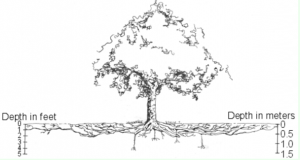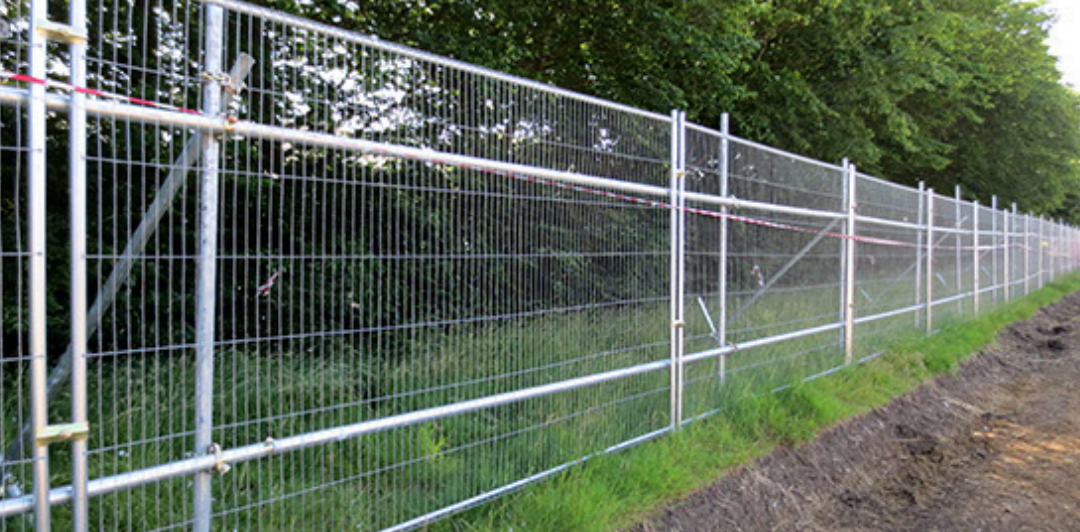Protection of Trees During Commercial Site Development
The protection of trees during site development is extremely important because some trees might be protected by Tree Preservation Orders (TPOs) as well as conditions attached to tree planning permission.
What conditions can be attached to planning permission to protect trees?
For any work being carried out close to a tree, the council usually requires such work to be undertaken in accordance with British Standard BS5837:2012 Trees in relation to design, demolition and construction.
Conditions Attached to Planning Permission
Additional conditions may be attached to planning permission, which requires the approval of the design of the building’s foundations in addition to the layout to ensure that the work does not affect the trees or tree roots on the site. Councils often attach conditions that require applicants to protect trees, including tree roots during construction.
Tree Damaging Activity
The Development Act 1993 describes tree damaging activity as:
- Tree removal
- Killing or destruction
- Lopping
- Ringbarking or topping
- Severing of branches, limbs and stems
Or any other substantial damage to a tree, including its root system.
How Can Development Damage Trees?
The root system of trees is typically shallow and widespread as shown in the image below.

All parts of the tree, including the root system, the trunk and branches and surrounding soil could be damaged by development and construction activities, including:
- Excavation, including cut and fill
- Soil compaction from construction vehicle movements or material storage
- Mechanical trenching for footings or services
- Sealing of surfaces with impermeable materials
If any of these activities occur near a tree on a development site, this could result in Tree Damaging Activity. To avoid this, it is imperative to ensure that trees are protected during development.
Tree Root Vulnerability
Fundamental feeding roots can be killed as a result of ground compaction, when heavy machinery, earth, or building materials are stored too close to the base of a tree. Roots also suffer from toxic substances such as oils, cement or chemicals which are absorbed into the ground. Trenching and excavation activity can also result in the severing of roots altogether.
It is the tree’s roots which are most commonly harmed during development. Whilst, the roots are the least noticeable part of a tree or not even seen, they are nevertheless its most vulnerable element, particularly during a building project.
How to Protect Trees During Development
All trees and groups of trees to be retained must be physically protected from damage during development and construction work. This is achieved by enclosing the area covered by the crown spread (and for upright growing trees, a distance equal to half their height), or as agreed with the Local Planning Authority indicated on the approved plans. This process creates a ‘Tree Protection Zone’.
All fences and protective measures must be implemented prior to any construction work commencing. This includes demolition, soil stripping or storage of building materials on site. The ‘Tree Protection Zone’ and protection measure should be considered sacrosanct with no unauthorised access permitted into these areas during development.
For further information on our Tree Protective Fencing service please click here.
To read more about the range of domestic and commercial tree services we offer please click here.
Tree Care Company is an Arboricultural Approved contractor based in Leeds.

